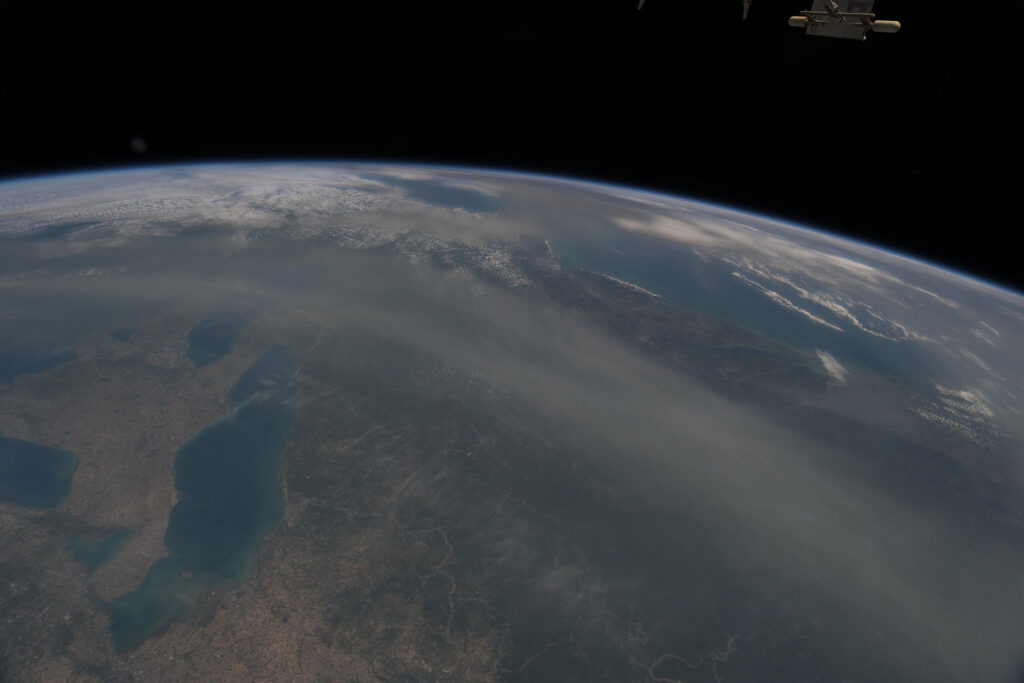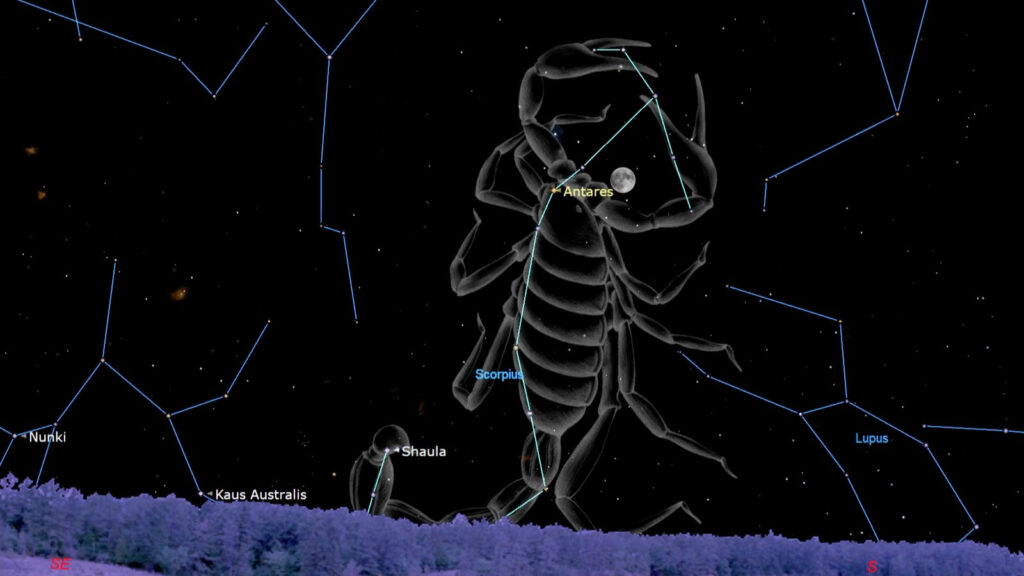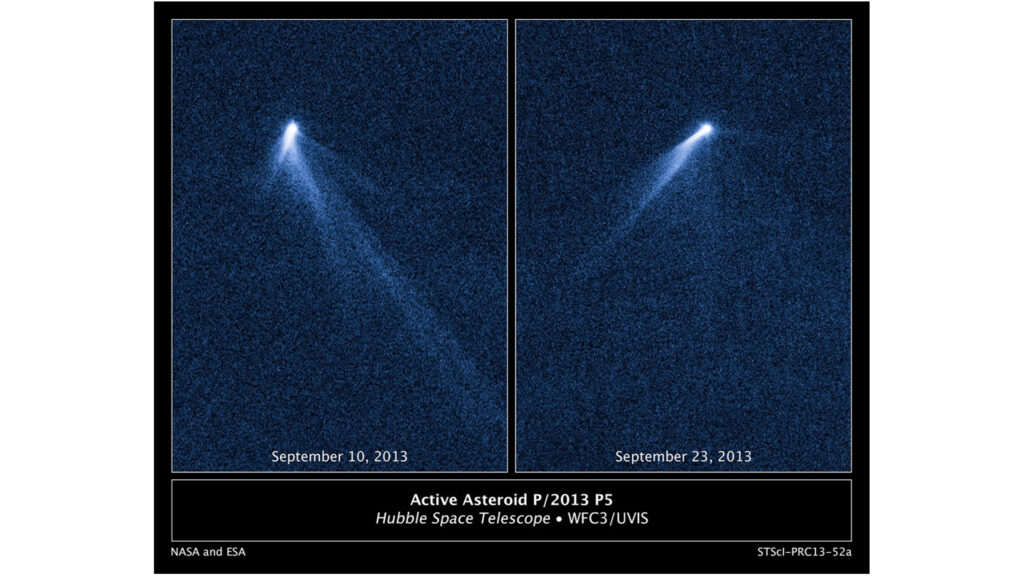After years of delays, billions of dollars in cost overruns, and several last minute postponements due to technical and weather issues, the James Webb Space Telescope launched into space in a flawless Christmas liftoff that has scientists overjoyed.
“It’s truly Christmas with all the presents and everything and we have a space mission,” Thomas Zurbuchen, NASA’s associate administrator for science missions, said after the launch.
The James Webb Space Telescope launched early Christmas morning on an Arianespace Ariane 5 rocket from Europe’s Guiana Space Center in Kourou, French Guiana. Launch team members, some wearing Santa hats and festive face masks amid the ongoing pandemic, cheered as it soared into a cloudy sky. “Go, Webb, go!” one shouted on NASA TV.
In photos:The Christmas launch of NASA’s James Webb Space Telescope
More: James Webb Space Telescope: Live updates






The launch marks only the beginning of the grand telescope’s mission, as it still has to flawlessly execute the most challenging sequence of deployments on its way to an orbital sweet spot some 930,000 miles away from Earth.
After days of dicey weather at the European spaceport, “everything fell together on the last day”, allowing Ariane 5, one of the world’s most reliable launchers, to “deliver the best Christmas present” to astronomers all over the world, NASA spokesperson Rob Navias said.
Right on time, the Ariane 5 lifted off at 7:20 a.m. EST (1220 GMT, 9:20 a.m. local time in Kourou) as its first-stage Vulcain engine ignited, followed 7 seconds later by two solid-fueled boosters. The Ariane 5, with its most precious and heaviest payload ever, then shot off towards the overcast sky of the French overseas territory at the edge of the Amazon rainforest. Soon, it was only the ramble of the rocket engine deep within the clouds and a thick plume of dust that spectators could witness.
Everything else then followed exactly as planned in what Navias described as “a perfect ride to orbit.”
Related: How the James Webb Space Telescope works in pictures

About 27 minutes after liftoff, Arianespace flight controllers confirmed that the James Webb Space Telescope faultlessly separated from Ariane 5’s upper stage, prompting a round of applause from the gathered engineers and scientists. At that moment, the James Webb Space Telescope was 864 miles (1,390 kilometers) above Earth, some 500 miles (800 km) higher than the regular orbit of its predecessor, the Hubble Space Telescope.
Traveling at 21,000 mph (34,000 kph), Webb was finally on its way, ready to escape the gravitational grasp of Earth and heading to the so-called Lagrangian Point 2, a spot on the sun-Earth axis where the gravitational pull of Earth keeps spacecraft perfectly aligned with the two bodies.
A camera on board of Ariane 5’s upper stage captured the final glimpse of the departing Webb, including the moment it unfurled its solar array; the first action in a series of complex deployments that has to be executed for the telescope to work and which has never been performed before. The James Webb Space Telescope was now on its own, receiving power from the sun.
A lot was at stake for the Christmas Day launch (Webb is a $10 billion space telescope designed to study the first stars in the universe) and despite Ariane 5’s meticulous track record, relief was palpable on the faces of NASA and the European Space Agency’s officials as they commented on the successful mission milestone.
“This is the beginning of one of the most amazing missions that humanity has conceived,” Zurbuchensaid in the post-launch press conference. “And I’m so excited to look forward to the next setup of this telescope and all the science to come. This is what we can do when we come together as humans, it’s just absolutely incredible.”
Words of praise for the ground teams in Kourou as well as the thousands of engineers and scientists who brought the James Webb Space Telescope mission to life came also from NASA chief Bill Nelson.
“This is a great day for planet Earth,” Nelson said after launch. “You all have just been incredible. Over three decades, you produced a telescope that is now going to take us back in time like a time machine to the very beginnings of the universe. We are going to discover incredible things that we never imagined.”
The James Webb Space Telescope is the most complex astronomy space mission ever conceived. The mission took over 30 years to get from the drawing board to the launch pad, stretching engineers and technologies to their limits.
But the tense phase for Webb is not over yet. Over the next seven days, the telescope will commence what has been described as the most nerve-wrecking part of its deployment sequence, the unfurling of its tennis court-size sun shield.
The procedure hinges on the successful release of 140 mechanisms, 70 hinge assemblies, 400 pulleys, 90 cables and eight deployment motors, all of which need to perform correctly for the sunshield to fully extend. Without it, the telescope will not work.
Related content:
The sun shield will protect the telescope from sunlight and heat, allowing its instruments to cool down to the ultracold temperature of minus 390 degrees Fahrenheit (minus 217 degrees Celsius), which is crucial for the mission’s detectors to accomplish their task: to detect the faint light coming from the most distant stars and galaxies, those that lit up in the expanding universe in the first millions of years after the Big Bang.
The telescope’s primary mirror, consisting of 18 hexagonal segments, will unfold over the next month before the telescope reaches its destination.
Once there, it will take over 100 days for the spacecraft to cool down to its operation temperature, after which the careful alignment of the mirror segments will commence before Webb can take its first images in the summer of 2022.
Follow Tereza Pultarova on Twitter @TerezaPultarova. Follow us on Twitter @Spacedotcom and on Facebook.


